Expert Electronics’ SunSDR-MB1 is what I’ve been expecting from the amateur radio industry for some time: a transceiver using modern technology, with a proper user interface, good interconectivity and decent power output. Once again we can see the smaller manufacturers are way ahead of the curve compared to the big three (namely Yaesu, Icom, Kenwood), wich are beating it around the bush by trying to force useless commercial technologies to amateurs (yes I’m looking at you Icom ID-5100A).
The SunSDR-MB1 is a direct conversion SDR transceiver, fully standalone, offering 125W output, a huge (and more importantly, working – yes I’m looking at you Kenwood TS-990) spectrum display and a plethora of buttons that will make the most avid anti-menu-driven-equipment fanatic rejoyce. The screen is also touch-sensitive, I don’t find that particularly useful but at least they’re implementing modern stuff.
The radio part of this poetic piece of technology is a SunSDR2, the user interface is handled by a fully featured mini-ITX computer with an Intel Core i7 processor wich runs Windows 7, there is also an 125W HF / 60W VHF power amplifier (that will be retrofitted with predistorsion technology via a software upgrade at a later time) and an internal 13.8V PSU; options include an automated antenna tuner, WiFi and GPS receiver. Weight is just a bit shy of 10Kg and the external dimensions are 370*160*370mm. Connectivity is at it’s best, just look at the rear panel:
Yes, a standard PC with a standard software platform means you will be able to install log programs, digital mode software, you have internet and cluster access, host a VHF echolink node … the range of possibilities just expanded tenfold. The guys only have the frontpanel ready for now, but they will have a fully working transceiver for the Friedrichshafen 2014 expo at the end of June 2014:
And here’s the list of specs available at this moment from the manufacturer:
In the first model of SunSDR-MB1 will be the next features:
Software: ExpertSDR2 (own software)
Supported OS: Windows All versions, Linux, in future MAC OS.
Direct conversion in RX/TX mode, in HF/VHF bands
Frequency range 0-75MHz, 95-155MHz
Wide band spectrum panadapter up to 80MHz
Two independent receivers
Full duplex mode (depends on software, will available in a new versions of software)
High dynamic range of receiver: up to 120dB in the HF, and up to 116dB in the VHF.
Sensitivity, uV: 0.07(Preamp on)/0.13(Preamp off)
Output power: 125W(HF), 60W(VHF)
IMD3 DR of transmitter, -35dB…-30dB (can be improved by software up to -60dB)
Predistortion of TX signal: will available later(depends on software)
ATU: Available as option.
Reference 10 MHz input
Very small CW delay: 10ms
ADC sample rate: 160MHz
ADC resolution: 16 bit
IMD3 DR, in-band: 100 dB
DUC sample rate: 640MHz
DUC resolution: 14 bit
High perfomance 24 bit Codec on board
Power supply: AC 110…220V 50…60Hz, 1A(RX)/2A(TX)
Size: 320x240x140mm
Weight: 9 Kg
Inputs/outputs:
VHF antenna connector(SO239)
Two HF antenna connectors(SO239)
Wide RF input port direct connect to high speed ADC(SMA)(for XVTRX, measurement etc.)
Wide RF output port direct connect to DUC(SMA)(for XVTRX, measurement etc.)
Reference 10MHz input connector(SMA)
ALC input port(RCA)
PTT input port(JACK 6.3mm)
CW Key input port(JACK 6.3mm)
External Control port with 8 power switch and RS-485 interface(D-SUB-15)
External control 2 port for Stealth Antenna 9310.
PTT output ports for external PA control(RCA x4).
Electret Microphone input(line in)(JACK 6.3mm)
Dynamic Microphone input with PTT switch for MH-31(RJ-45)
Headphones output(line)(JACK 6.3mm)
Ethernet connector(RJ-45) for LAN.
USB 3.0 connectors (x4 + x2 on front panel).
Speaker/headphones connector from embedded PC’s sound card(3.5 mm Jack).
Microphone connector from embedded PC’s sound card(3.5 mm Jack).
Display port connector.
HDMI connector.
Power supply connector.
Ground connector.
Special for SunSDR-MB1 will be developed an ExpertSDR2 software version with adapted GUI.
Pricing is expected to be around US$ 4300 (available by the end of the year), with another US$ 200 for the optional ATU; to be honest, if it comes out at this price it will be a fantastic deal and it will probably be a market hit, but I have a hunch it will end up in retail around US$ 6000 or so.

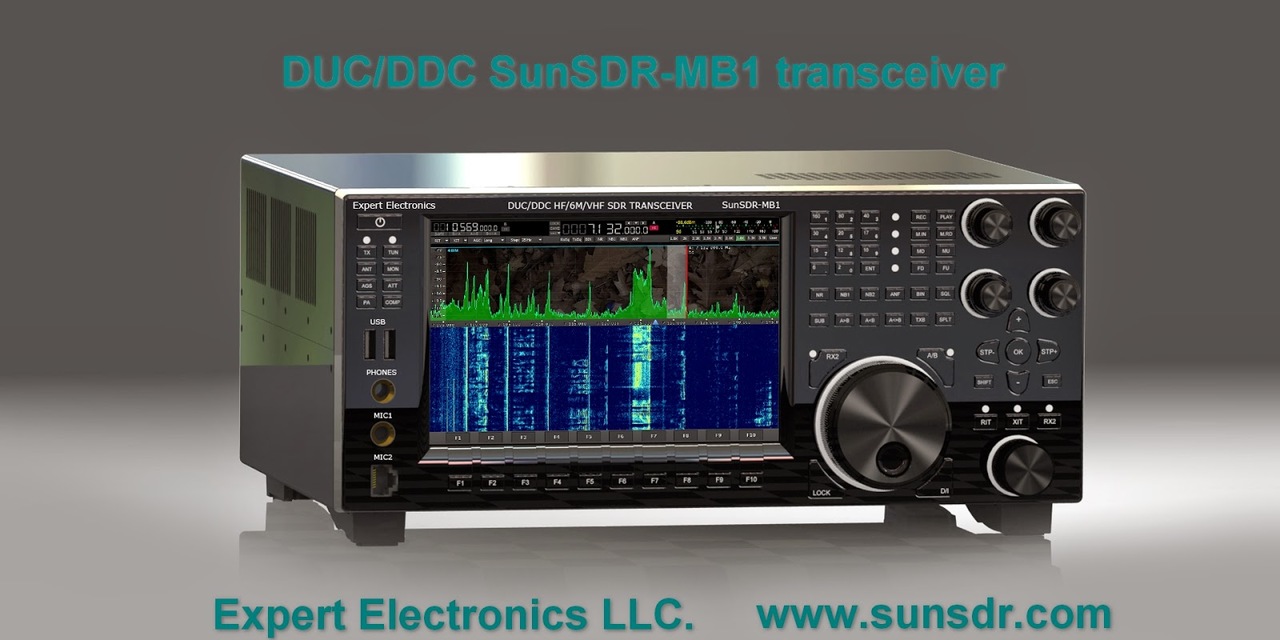

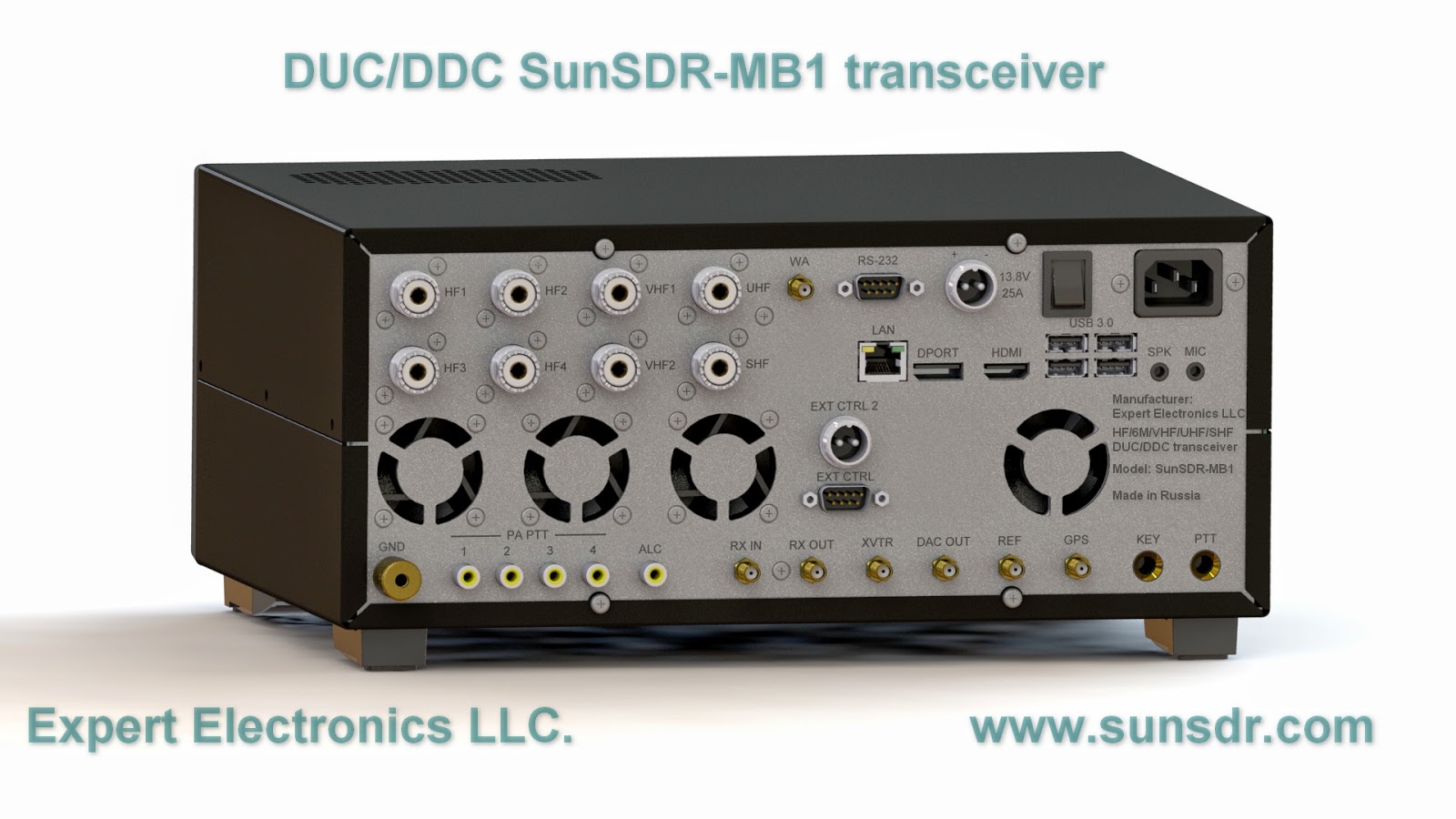
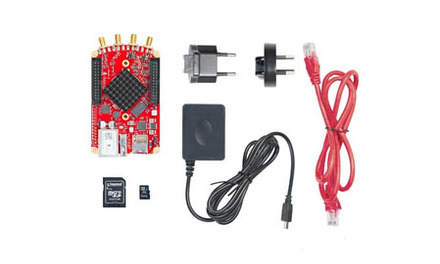
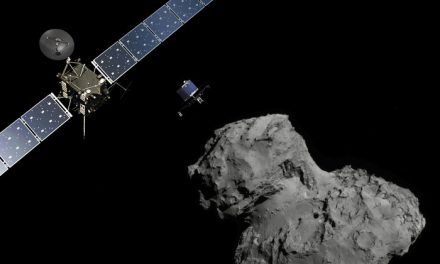
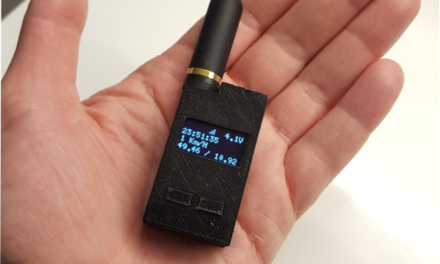
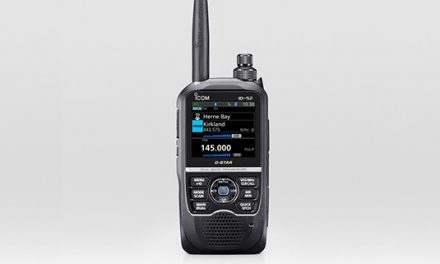
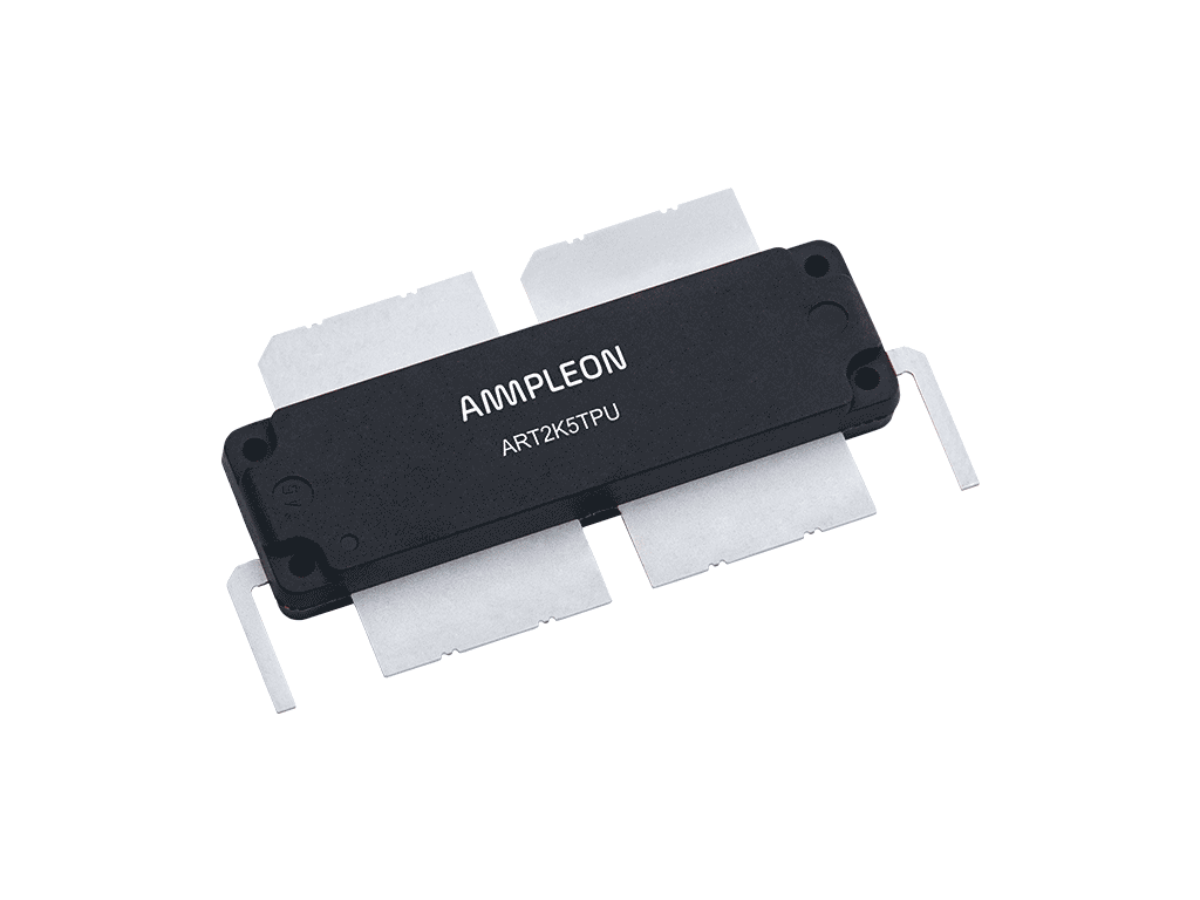
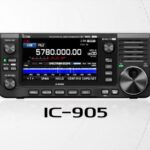
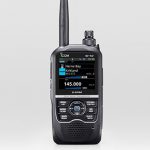
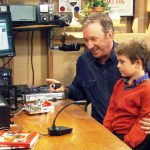
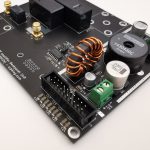
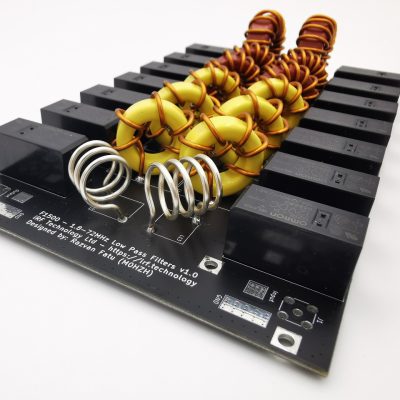
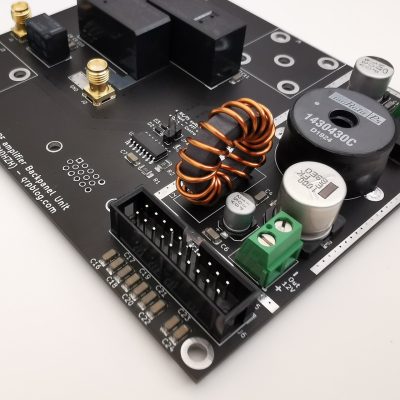
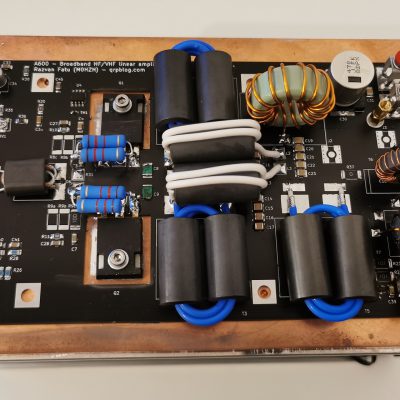
I've seen working version of this on various websites and YouTube. I love the idea of it, it's like having the FlexRadio 6300 or higher with the Maestro all in one, however I prefer the mobility of the Maestro. Looks like it's hovering around $5400.00 right now.